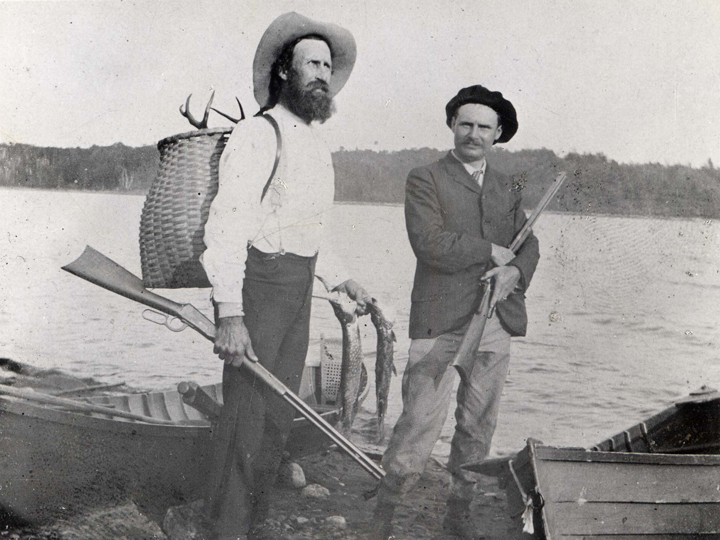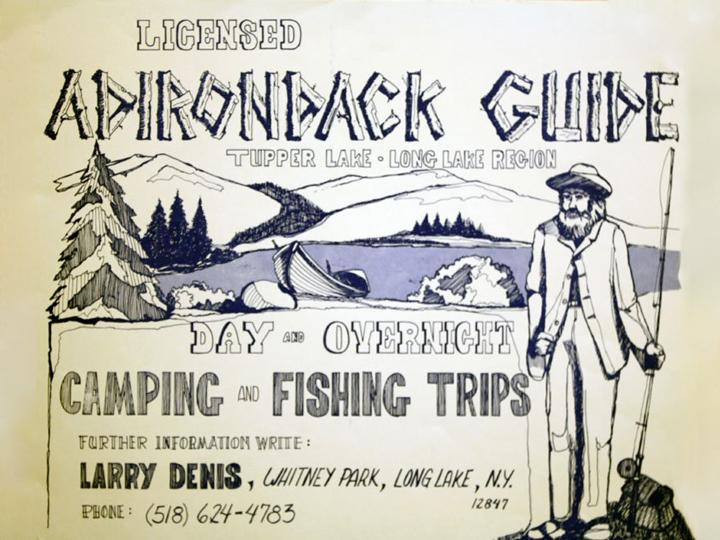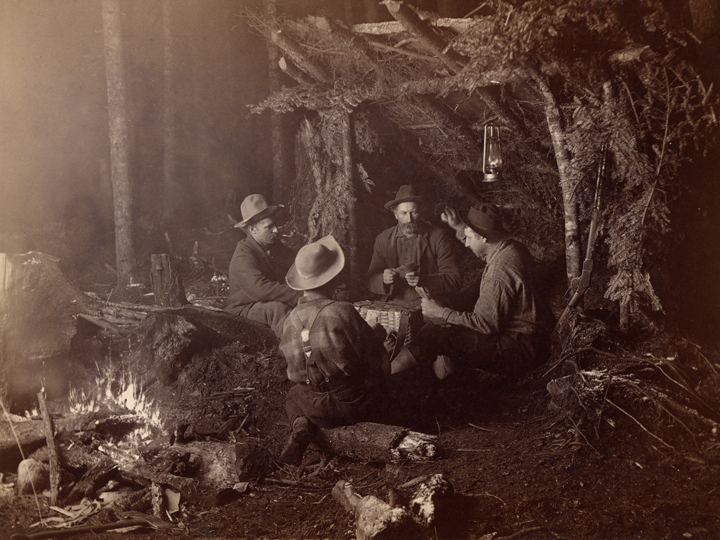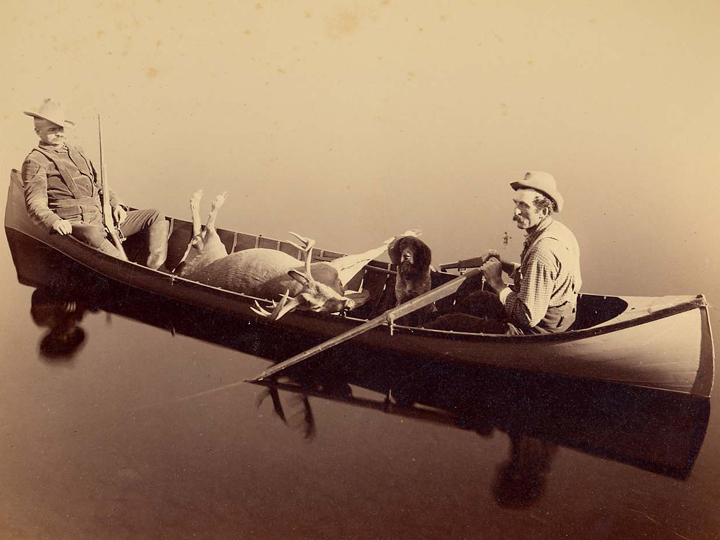Read aloud: Students can follow along while listening. Click here to download a copy of the transcript.
Vocabulary: Explore new words. Students listen to high-level vocabulary in context. Have them identify the definition afterward. Click here for the vocabulary page.
Practice your persuasive writing! Advertisements at hotels or in guidebooks were a great way for guides to find work. Have students imagine they are Adirondack guides and create a persuasive advertisement about their services. They can include ideas such as:
• What skills do they have?
• What sets them apart from other guides?
• What will they charge for their services?
Planning a Trip. As a guide, you have to be a very good planner. Have students plan their own trips. They can include ideas such as:
• Length of trip
• How much will you charge the sport(s)
• Map of different locations you’ll travel to
• What activities you will be doing with your sports. (e.g. hunting, fishing, canoeing)
• What supplies you’ll need:
• Fishing poles, canoe/guideboat, traps.
• Food, tent





